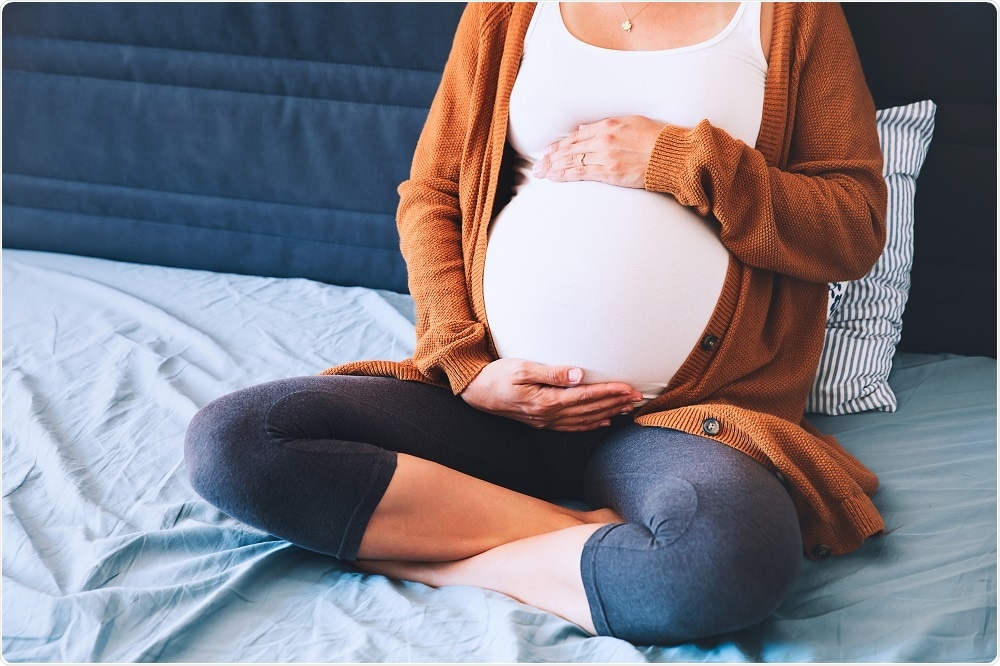Sep 15 2017
Two studies conducted at the Massachusetts Institute of Technology (MIT) and the University of Massachusetts Medical School indicated that mothers who were affected with severe infections that required hospitalization are at an increased risk of having an autistic child.

The report of the studies which were published in the Nature on 13th September 2017 also suggested possible preventive measures for this condition.
In trails on mice, the researchers identified the possibility that maternal infection could to lead to autistic-like behaviors in offspring, which might be dependent on the constitution of bacterial populations in the digestive tract of the mother. Specific changes in the brain which create these behaviors are also identified in the trial.
According to the researchers, further validation through human studies could reveal possible methods, like blocking the function of certain strains of bacteria present in the gut of the mother, to decrease autism risk.
A 2010 study which involved every child born in Denmark from 1980 to 2005 identified a threefold increased risk of autism in cases of severe viral infections during the first trimester of pregnancy. The study also linked serious bacterial infections (like viral gastroenteritis, influenza, and severe urinary tract infections) in the course of the second trimester with a 1.42-fold increased risk. Mouse models of maternal inflammation had also suggested similar impacts.
In a 2016 Science paper, Gloria Choi and Jun Huh (who are also the senior authors of both the current papers) identified Th17 cells - a kind of immune cells - and their effector molecule ‘IL-17’, as accountable for this impact in mice. The interactions of IL-17 with receptors in the brain cells of the developing fetus lead to the irregularities called as "patches" in some parts of the cortex.
The researchers, in one of the new papers, conducted an in-depth study of the patches to identify if they are responsible for the behavioral abnormalities (like, repetitive behavior and impaired sociability) in those mice.
The findings indicated that the patches are more common in S1DZ - a section of the brain’s somatosensory cortex, which is thought to be responsible for proprioception. Interneurons, the cell population that expresses parvalbumin, were seen reduced in these patches leading to overexcitement in S1DZ.
By restoring the normal levels of brain activity in this area, the researchers could reverse the behavioral abnormalities. Also, through overstimulating neurons in S1DZ, they could induce the behaviors in otherwise normal mice.
It was also found that the S1DZ sends messages to two other brain regions - the striatum and the temporal association area of the cortex. When the neurons linked to the temporal association area were inhibited, the researchers could reverse the sociability deficits, while, the inhibition of the neurons connected to the striatum enabled them to stop the repetitive behaviors.
In the second paper, the authors studied a few additional factors that decided whether or not a severe infection resulted in autism. The findings showed that not all mothers with a serious infection end up having an autistic child and not all the mice in the maternal inflammation model developed behavioral abnormalities, suggesting inflammation during pregnancy as just one of the factors causing autism.
Choi explained that the infection should work with additional factors to cause autism.
The researchers could also identify that IL-17, which generally takes 3 to 5 days to produce because it is produced by specialized immune cells which take time to differentiate, began to be produced in one day when immune systems in some of the pregnant mice were stimulated. This suggests that this cytokine may be being produced from pre-existing immune cells rather than from differentiated immune cells,
In the study, the offspring of mice with one specific type of harmless bacteria, ‘segmented filamentous bacteria’ were identified to have cortical patches and behavioral abnormalities. When those bacteria were killed using antibiotics, neurotypical offspring were produced.
According to Huh, this information strongly suggests the possibility for certain mothers who carry these types of Th17 cell-inducing bacteria in their gut to give birth to children with this inflammation-induced condition.